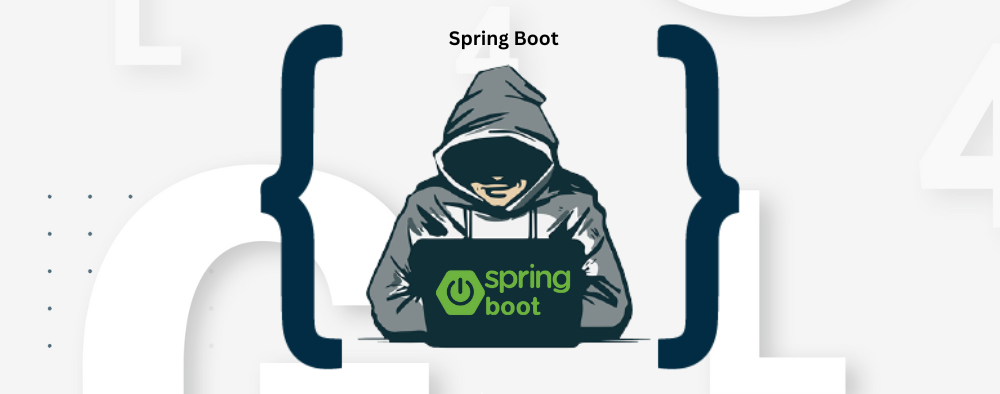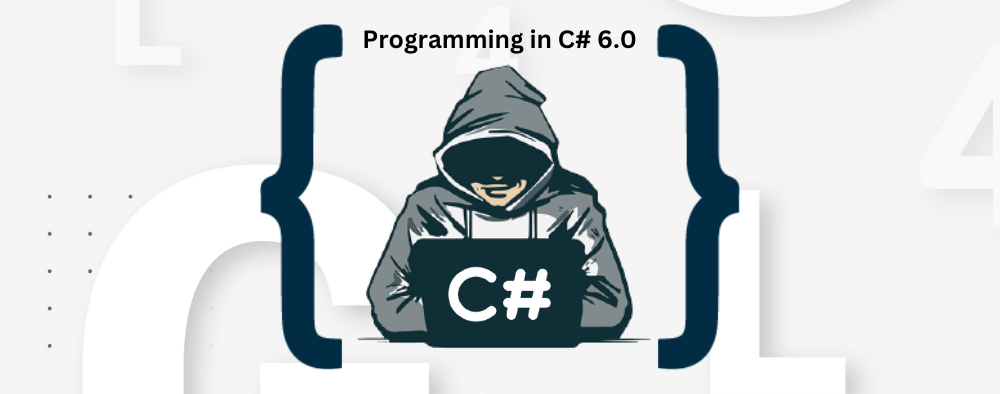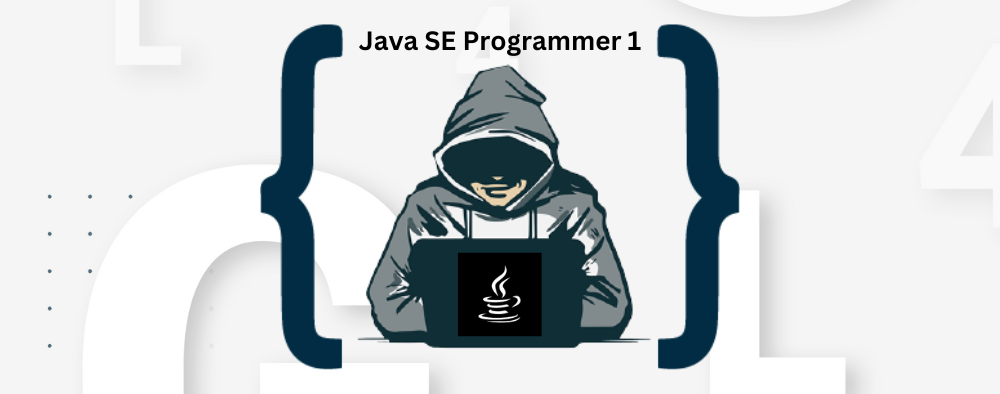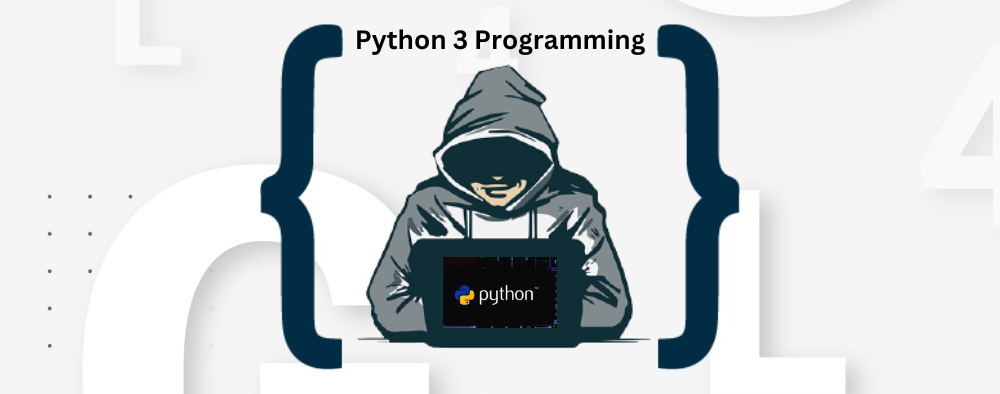
About this Course:
Spring Boot provides some impressive features to simplify writing your code, and do so with minimal effort. This course begins by helping you configure Spring Boot, then shows you a practical implementation of its various features. You’ll learn techniques to write more efficient code and enable enhanced security. You’ll learn to use Spring Initializr, CLI, Actuators, and Spring’s Developer Tools with ease using the new features version 2.0. This course will save you time and effort learning about new tools and technologies to achieve your business goals. By the end of the course, you’ll be confident with the fundamentals and features of Spring Boot 2 to save time developing applications and facilitate additional focus on the business needs of your customers.
Learning Units:
- Unit 1: Getting Started with Spring Boot
- Unit 2: REST
- Unit 3: Monitoring and Data
- Unit 4: Caching and Batching
- Unit 5: Hands on Application Development with Spring Boot 2.0
- Unit 6: Hands-On Microservices with Spring Boot 2.0
- Unit 7: Hands-On Spring Security 5.x

About this course:
Java EE 8 provides a standard set of specifications that can be used to develop standardized applications, independent of the vendor. Enterprise applications do not change that often, and hence we need a robust platform such as Java EE 8 to ensure sustainability. Thus, this comprehensive course—covering all the features and APIs in Java EE 8—will be helpful for developers. It also answers questions related to how Java EE compares to the Java language, should developers transition to it, and what types of application would benefit from it.
Learning Units:
- Unit 1: Learning Java EE 8
- Unit 2: Java EE 8 Application Development
- Unit 3: Building Modern Distributed Systems with Java

About this course:
Programming in C# 6.0 course introduces you to the world of C# programming language. The course helps learners gain a deep understanding of C# programming skills. Undertaking this course equips you with the high-level skills needed to become a professional C# developer.
Learning Units:
- Unit 1: Getting Started
- Unit 2: Your First App
- Unit 3: Projects and Syntax
- Unit 4: Variables and Data Types
- Unit 5: Conditions and Looping
- Unit 6: Classes and Objects
- Unit 7: Arrays and Sorting
- Unit 8: Recursion
- Unit 9: Winforms, ADO.Net, WPF and WCF
- Unit 10: Asynchronous programming and Multi-threading
- Unit 11: Debugging Applications and Security
- Unit 12: Data Access Implementation
- Unit 13: COM Interoperation and Windows API
- Unit 14: Introducing TDD in C#

About this course:
Developing ASP .NET MVC Web Applications course introduces ASP .Net Core to the learners. The course helps students to use ASP .Net Core to develop, test, and deploy robust web applications using C# programming language.
Learning Units:
- Unit 1: Getting started with ASP .Net Core
- Unit 2: Starting an ASP .NET Core project
- Unit 3: Understanding the MVC architecture
- Unit 4: Configuration in ASP .Net Core
- Unit 5: Dependency Injection in ASP .Net Core
- Unit 6: Session and state management in ASP .Net Core
- Unit 7: Distributed Caching in ASP .Net Core
- Unit 8: Web Sockets in ASP .Net Core
- Unit 9: Designing a browser artifact build strategy
- Unit 10: Designing server build strategy
- Unit 11: Designing User Experience
- Unit 12: Developing the User Experience
- Unit 13: Troubleshooting and debugging web applications
- Unit 14: Designing a browser artifact build strategy
- Unit 15: Designing User Experience
- Unit 16: Security in ASP .Net Core

About this course:
The Java SE 8 Programmer I course, which is in line with the Oracle Certified Associate (OCA) Certification learning path is aimed at anyone keen on learning the fundamentals of Java programming and looking to take the OCA Certification (1Z0-808). It delves into topics such as declarations, flow control, collections, and memory management. The Java SE 8 Oracle Certified Associate (OCA) certification helps you build a foundational understanding of Java, and gaining this certification credential is the first of two steps in demonstrating you have the high-level skills needed to become a professional Java developer.
Learning Units:
- Unit 1: Getting Started
- Unit 2: Understanding Typed Variables
- Unit 3: Branching
- Unit 4: Data Structures
- Unit 5: Functions/Methods
- Unit 6: Modeling with Object-Oriented Java
- Unit 7: More Object-Oriented Java
- Unit 8: Useful Java Classes
- Unit 9: File I/O
- Unit 10: Basic GUI Development
- Unit 11: XML
- Unit 12: Java Memory Management
- Unit 13: CI/CD

About this course:
The Java SE 8 Programmer II course, which is in line with the Oracle Certified Programmer (OCP) Certification learning path is aimed at anyone who is keen on learning the more advanced concepts of Java programming and looking to take the OCP Certification (1Z0-809). It delves into topics such as generics and collections, concurrency and Java file I/O. Gaining the Oracle Certified Associate (OCA) credential is the first step, followed by the Oracle Certified Professional (OCP) credential, in demonstrating you have the high-level skills required to be a successful Java developer.
Learning Units:
- Unit 1: Installation and Introduction
- Unit 2: IntelliJ and Operators
- Unit 3: Classes and Objects
- Unit 4: Composition and Arrays
- Unit 5: Interfaces and Streams
- Unit 6: Creating an Application (Swing and Flashcard)
- Unit 7: Introduction to Java FX
- Unit 8: Application Login
- Unit 9: Expressions, DB and Threads
- Unit 10: Project Setup and Login
- Unit 11: Errors and ListView
- Unit 12: Custom Lists and Updates
- Unit 13: Introduction to Vaadin and HTTP
- Unit 14: Creating a Weather Application
- Unit 15: Java SE Date/Time
- Unit 16: Localization

About this course:
The Java EE 7 course which, is in line with the Oracle Java EE 7 Application Developer exam (1Z0-900), validates programming capability to develop and deploy applications using Java Platform, Enterprise Edition 7. It is suitable for anyone who has completed Java SE training and would like to expand their knowledge into the java enterprise world.
Learning Units:
- Unit 1: Servlets and JSP Fundamentals
- Unit 2: Servlets, JSP, Security, and JS Faces
- Unit 3: EJB 3.0 and JPA
- Unit 4: EJB 3.0 in the Enterprise
- Unit 5: AJAX Fundamentals
- Unit 6: AJAX with DWR, DOJO and Security
- Unit 7: JAX-WS Web Services
- Unit 8: JAX-WS Web Service Controls
- Unit 9: Packaging
- Unit 10: Internationalizing and localizing Web applications
- Unit 11: Performing batch processing
- Unit 12: Understand Java EE Architecture
- Unit 13: Create Java Applications using WebSockets
- Unit 14: Use Concurrency API in Java EE Applications
- Unit 15: Use Java Message Service API
- Unit 16: Use CDI Beans

About this course:
The Spring and Hibernate course covers topics such as Spring MVC and Hibernate ORM and gives you an in-depth look into the integration of the two frameworks to allow learners to be able to build fully functional Spring applications and incorporate the Hibernate ORM in Java applications.
Learning Units:
- Unit 1: Spring Overview
- Unit 2: Ajax with Spring
- Unit 3: Web Development Using Spring
- Unit 4: Spring Testing
- Unit 5: Spring Bean Scopes and lifecycle
- Unit 6: AOP
- Unit 7: Hibernate Overview
- Unit 8: Hibernate Configuration with Annotations
- Unit 9: Hibernate CRUD Features
- Unit 10: Hibernate Advanced Mappings
- Unit 11: Integrating Hibernate and Spring

About this course:
The Python 3 programming is a course aimed at introducing the learner to Python programming language. The course improves the student's ability to accomplish coding tasks related to the basics of programming in the Python language and the fundamental notions and techniques used in object-oriented programming. The course covers basic to advanced topics like variables, control structures, data types, file manipulation, GUI design and many more.Learning Units:
- Unit 1: Starting with Python
- Unit 2: Numbers
- Unit 3: Strings
- Unit 4: Conditional Statements
- Unit 5: Loops
- Unit 6: Functions
- Unit 7: Lists
- Unit 8: Dictionaries
- Unit 9: Text Files
- Unit 10: Object-Oriented Programming
- Unit 11: Graphics
- Unit 12: Modules
- Unit 13: Regular Expressions
- Unit 14: Mathematical Operations
- Unit 15: The itertools and collections modules
- Unit 16: Exceptions and errors
- Unit 17: GUI programming
- Unit 18: Dynamic web pages
- Unit 19: Generators and Coroutines
- Unit 20: Formatting and decorators





